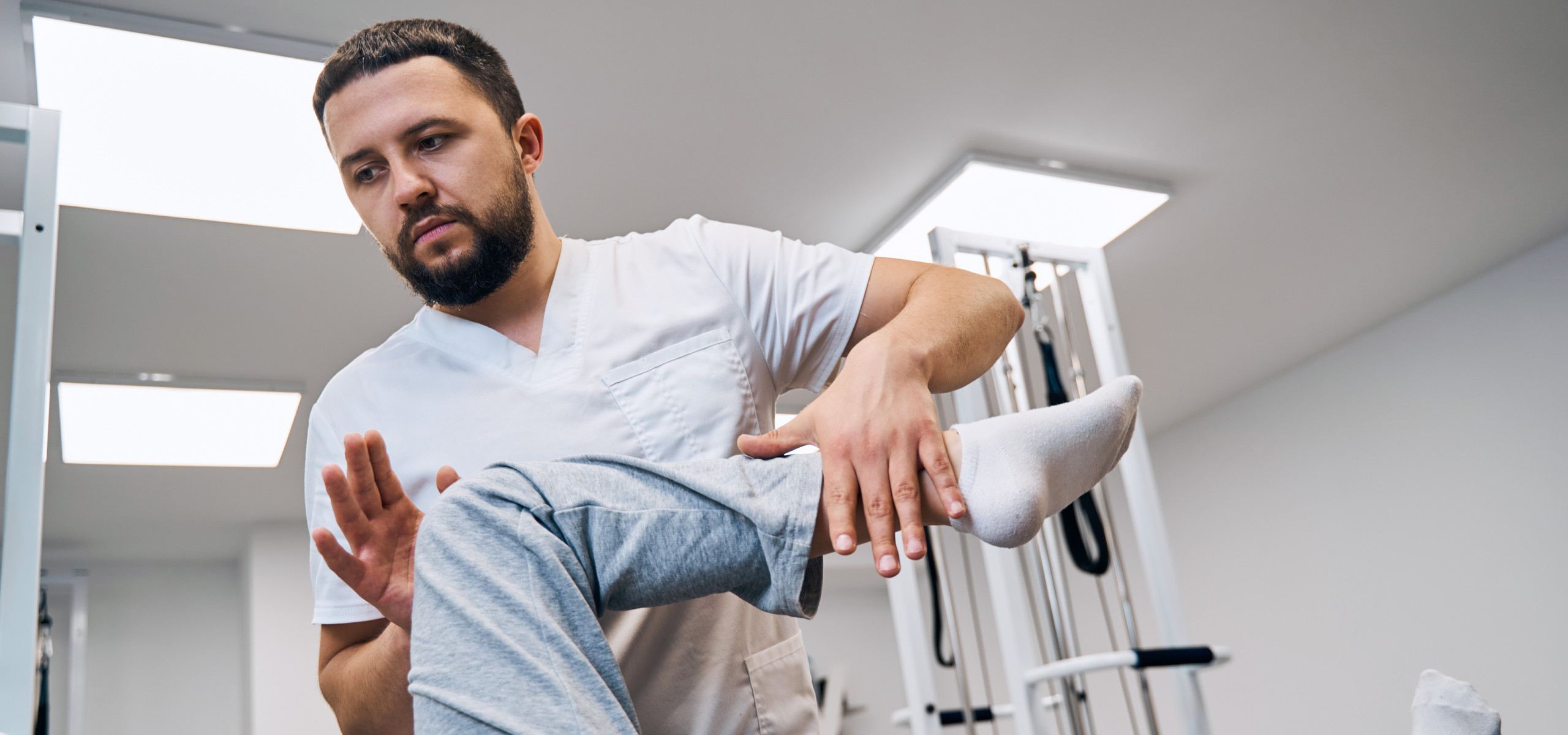Efficient Methods for Reducing Breathlessness in Physiotherapeutic Therapy Sessions
Efficient Methods for Reducing Breathlessness in Physiotherapeutic Therapy Sessions
Blog Article
Dyspnea, or trouble respiration, is a frequent concern that many individuals face, especially those with long-term lung diseases, heart issues, or other health concerns. In physical therapy sessions, addressing dyspnea is crucial for helping clients enhance their overall quality of life. By employing specific techniques and strategies, physical therapists can assist patients in managing their respiratory difficulties. Grasping these effective approaches can enable both therapists and patients to work together more efficiently in overcoming obstacles related to breathing difficulties.
One of the primary methods used to alleviate breathing difficulties in physical therapy is the application of regulated breathing activities. These exercises often focus on diaphragmatic breathing, which encourages patients to use their breathing muscle rather than their upper thoracic muscles when breathing in. This method helps to maximize lung capacity and efficiency. Additionally, pursed-lip breathing is another technique that can be helpful. This technique involves inhaling through the nose and breathing out slowly through compressed lips, which can help to keep airways clear longer and render breathing feel easier. By including these exercises into therapy sessions, physical therapists can provide patients with tools to control their breathing difficulties both during and outside of their sessions.
Another important element of managing breathing difficulties in physical therapy is the development of an individualized exercise regimen. Tailoring exercises to satisfy the individual needs and capabilities of each patient is crucial. Therapists should slowly integrate aerobic activities, such as ambulating or cycling, in a structured manner, allowing patients to develop their endurance over time. This incremental method helps patients to feel more comfortable with fitness activity while simultaneously improving their lung capability and overall stamina. It is vital for therapists to observe patients carefully during these activities to ensure they are not overexerting themselves, which could lead to greater difficulty of breath.
Education also plays a significant role in reducing dyspnea during physical therapy appointments. Providing patients with knowledge about their condition and the mechanisms behind breathing difficulties can enable them to take control of their health. Therapists can describe how factors like anxiety, posture, and environmental conditions can influence breathing. By comprehending these concepts, patients can learn to manage their symptoms more efficiently. Techniques such as stress reduction strategies and proper body posture can further assist in reducing the impact of breathing difficulties during daily activities and therapy sessions.
In summary, effectively alleviating dyspnea in physical therapy appointments involves a mix of breathing activities, personalized exercise programs, and patient education. By implementing these efficient methods, physical therapists can assist patients control their respiratory difficulties and improve their overall well-being. Working together between therapists and patients is crucial to create customized interventions that address individual needs. With the appropriate support and methods, patients can find relief from breathing difficulties and engage more completely in their physical therapy journey, eventually leading to a better standard go of life.